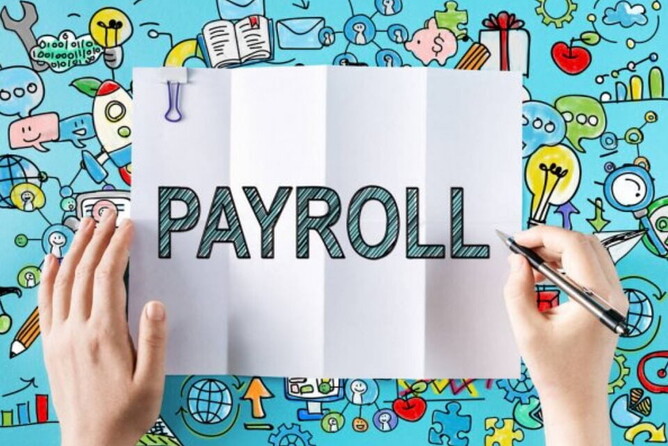In New Zealand, the terms “Holiday Pay” and “Annual Leave” refer to two different things.
The following applies for all types of employees except Casuals who are having their Holiday Pay 8% paid out with every pay.
Annual Leave is what an employee is entitled to after working for 12 months. The 4 weeks Annual Leave gets added in one lump after 12 months of employment, and then every 12 months after that. So, until an employee has worked for 12 months there is no Annual Leave.
Annual Leave is normally 4 weeks. The balance of how much Annual Leave is accrued is held in Weeks, not in a $ value.
When an employee takes Annual Leave, the $ amount to be paid out is based on standard current earnings or an average. It is not a set $ value based on what has been earned in the past.
Holiday Pay is what an employee is entitled to up until when Annual Leave is given at the 12 month mark. Holiday Pay is generally calculated as 8% of gross earnings.
Holiday Pay is generally only paid out when employment ends. It should generally not be paid out during employment (unless casual and being paid every week with no annual leave to be accrued).
When Annual Leave is given to the employee after 12 months of employment, the Holiday Pay balance is taken out and returns to Nil. Effectively the $ value 8% of gross earnings is replaced by the 4 weeks of Annual Leave.
The week after the Annual Leave has been accrued, and the Holiday Pay has gone back to Nil, the Holiday Pay starts to accrue again. It will continue to build up for the next 12 months. After another 12 months, more Annual Leave will be accrued and the Holiday Pay balance will go back to Nil again. And so it goes on…
Contact the Team if you need help understanding Annual Leave and Holiday Pay



